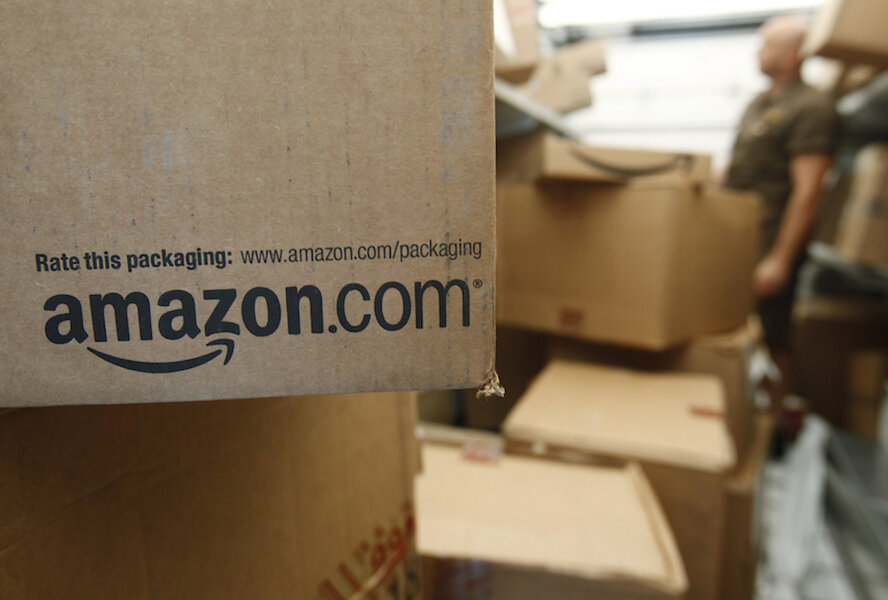Why Amazon thinks you'll love HDR streaming video
Loading...
Another day brings another streaming video buzzword, and today's is HDR. HDR stands for high dynamic resolution, and although it's traditionally associated with photographs, it has applications for video as well. Amazon has capitalized upon HDR technology before its competitors, adding it to one of its popular original shows, but whether it makes any difference to you will depend on your TV and your network connection.
Amazon announced its support for HDR content on Jun. 24, and the first program is already available to stream: Mozart in the Jungle. This Amazon Original Series debuted last year, and tells the story of the often lewd and lascivious classical music scene in New York City. In order to take advantage of its HDR enhancements, consumers will need both an Amazon Prime account and a TV that supports the technology.
MORE: Best Streaming Players: Chromecast, Roku, Apple TV & More
That may not be as simple as it sounds. Unlike a visual feature like 4K, HDR is not extremely easy to define. Whereas 4K refers to a pixel resolution, HDR refers to the way a TV processes color. High dynamic range basically means that a screen can handle dark colors without washing out light ones, and vice versa. As such, HDR TVs vary in both contrast and exactly what kind of HDR standard they employ (some come from Dolby; others are house brands).
Only a handful of TVs support HDR standards at the moment, including high-end models from Sony, Samsung and LG. While HDR may eventually become a standard feature of 4K TVs, it's not a sure thing by any means.
Note that there are lots of methods to achieve color depth and appropriate brightness, and at present, there is only one show that streams with HDR TVs in mind. While HDR displays definitely look good, they may eventually go the way of the 3D TV if something better comes along, or the technology does not catch on.
Still, for those who absolutely cannot live without classical music intrigue in extremely high contrast, an HDR TV will run you at least $2,000 (check websites for Sony, Samsung, LG and Panasonic to see which models have it) and an Amazon Prime membership will cost $99 for one year.
- How to Buy a Set Top Box or Streaming Media Player
- Best Streaming Video Services
- Top Picks for 4K TVs
Marshall Honorof is a senior writer for Tom's Guide. Contact him at mhonorof@tomsguide.com. Follow him @marshallhonorof. Follow us @tomsguide, on Facebook and on Google+.
Copyright 2015 Toms Guides , a Purch company. All rights reserved. This material may not be published, broadcast, rewritten or redistributed.







